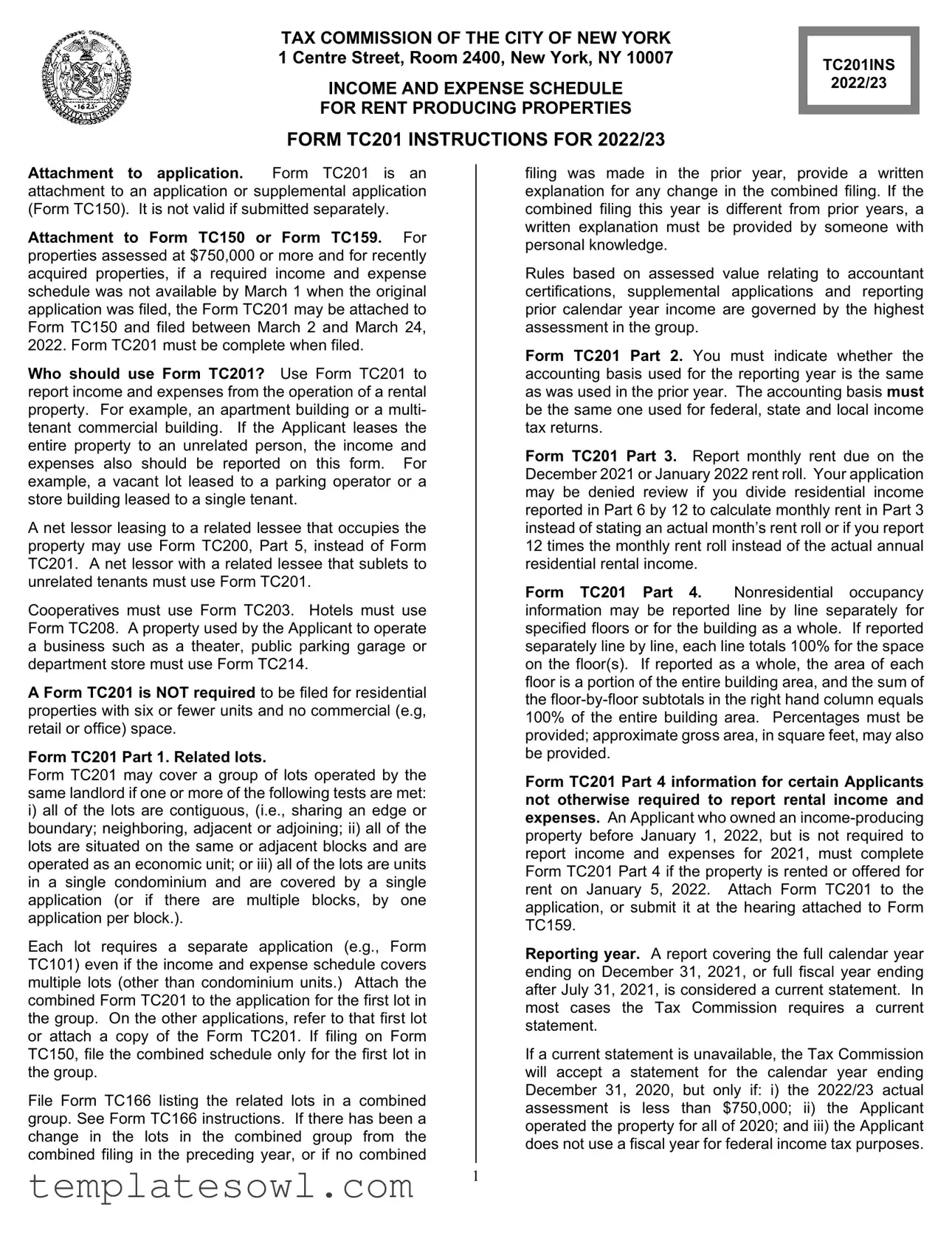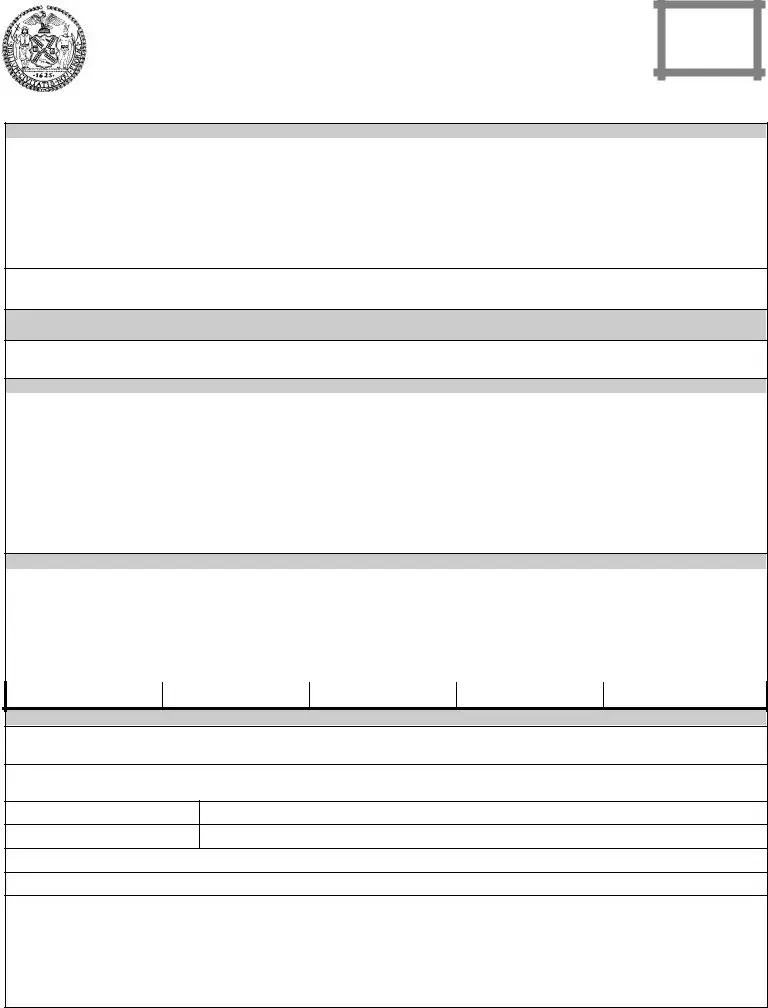What is the purpose of Form TC201?
Form TC201 is used to report income and expenses associated with the operation of rental properties. This can include apartment buildings or commercial properties, such as office space or retail stores. It's an important step in assessing the property for tax purposes and must be filed alongside an application, specifically Form TC150 or Form TC159.
Who is required to submit Form TC201?
Anyone who operates a rental property, such as an apartment building or commercial space, is required to use this form. It is particularly necessary for properties assessed at $750,000 or more. Additionally, if a property has recently changed ownership, Form TC201 is needed if the income and expense schedule was not available by the original application deadline.
When should Form TC201 be filed?
Form TC201 must be submitted as part of the application process and cannot be filed alone. If you missed the March 2 deadline, you can still file the form between March 2 and March 24, provided it is attached to Form TC150 or TC159. Ensure that the form is completed fully when filed.
What information is required on Form TC201?
The form requires detailed reporting of income received or accrued from the property and all actual operating expenses. Information should be itemized accurately, including monthly rents, operating costs, and other income sources. Avoid estimates or rounded figures, as these may lead to denial of your application.
What types of properties are exempt from using Form TC201?
Properties with six or fewer residential units and no commercial space do not require the filing of Form TC201. Cooperatives, hotels, and businesses operating a theater or similar facility must use different forms, like TC203, TC208, or TC214, respectively.
What happens if the income or expense information is unavailable?
If you cannot provide a current income and expense statement, you may submit data from the prior calendar year, but certain conditions must be met. If your property’s actual assessment is less than $750,000 and the property was operated for the entire previous year, this may be acceptable. Always include a detailed explanation for any missing information.
Is accountant certification necessary when submitting Form TC201?
If the assessment of the property is above $5,000,000, you must also submit an accountant certification on Form TC309. This certification must be signed by an independent certified public accountant who has audited your records. Ensure that the accountant signs their name, not just the firm name.






